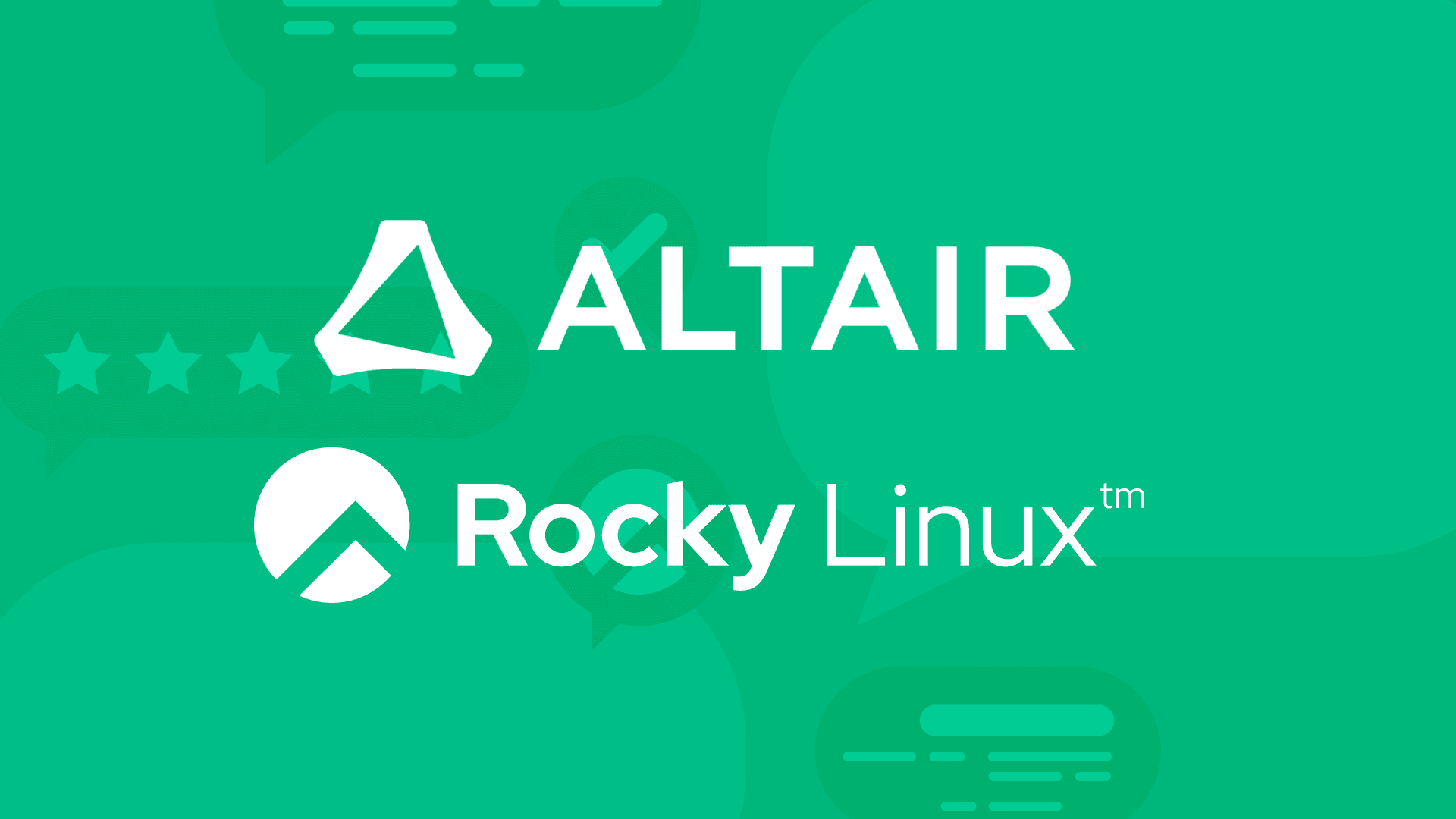3 min read
What the CentOS EOL Means for HPC

The CentOS EOL (End of Life) has had profound implications across the IT landscape, particularly for HPC (High Performance Computing) environments. For years, CentOS was a trusted solution for organizations needing a stable, free, and open source operating system that mirrored RHEL (Red Hat Enterprise Linux).
Now that CentOS is no longer supported, organizations must consider a modern alternative that continues to offer the performance, security, and RHEL compatibility they’ve come to expect. The risks of staying on CentOS may not feel substantial right now, but over time they will grow and become a real problem for HPC work.
The critical role of stability in HPC
In HPC environments, where large-scale simulations, data processing, and research workloads are core operations, stability is paramount. Any system failure can lead to significant time and money lost as jobs must be re-run, delaying project timelines and consuming additional resources.
For instance, in many HPC environments, a single failed job can mean hours of lost computation and labor, especially if the failure occurs late in a workflow. This downtime has a ripple effect on projects, from delays in research results to potential cost overruns in commercial applications. Keeping HPC systems running smoothly and securely ensures that critical operations remain on track and productive. Staying on CentOS will inevitably lead to stability issues due to lack of compatibility and as the HPC software and environment modernizes over time.
Retaining performance on the latest hardware and software
HPC systems are often built using cutting-edge hardware to maximize computational speed and efficiency. As CentOS ages and falls out of sync with modern hardware updates, its ability to support the newest CPUs, GPUs, and accelerators becomes limited. Without ongoing updates, HPC enterprises using CentOS will struggle with hardware advancements and see performance bottlenecks.
Over time, this can result in performance degradation, as the software fails to take full advantage of newer, faster hardware. CentOS-based HPC environments will gradually become less efficient. As workloads increase, the cost of running outdated systems rises, leading to higher operational overhead. IT teams will spend more time maintaining and troubleshooting older CentOS systems instead of focusing on innovation and performance enhancements.
A modern OS like Rocky Linux offers regular updates that maintain compatibility with the latest hardware, ensuring that HPC systems run at peak performance and are equipped to handle the computational demands of advanced research and commercial applications.
Additional risks of continuing with CentOS in HPC
Sticking with CentOS in your HPC environment is likely to lead to additional significant risks:
- Increased security vulnerabilities: With no future security updates, CentOS systems will become increasingly vulnerable to cyberattacks. This poses a serious risk in HPC environments, especially those that handle sensitive or proprietary data.
- ISV support: Finding ISVs (Independent Software Vendors) willing to support CentOS post-EOL will become a major challenge. Most ISVs will migrate their focus to supported operating systems, leaving CentOS users without the necessary software support to optimize their HPC systems.
- Compliance and regulation: As CentOS becomes non-compliant with industry standards and security regulations, organizations may face fines and legal challenges if they continue to use unsupported systems in sectors like finance, healthcare, or government research.
Why Rocky Linux is the Best Choice for HPC
With the passing of the CentOS EOL date, Rocky Linux has emerged as a leading alternative for HPC shops. Developed as a community-driven, enterprise-grade operating system, Rocky Linux is designed to be a 1:1 replacement for CentOS, offering the same stability and RHEL compatibility that HPC environments require.
Rocky Linux is regularly updated to support the latest hardware and software, ensuring that HPC systems remain performant and secure. It is also backed by a community of experts dedicated to maintaining the OS, providing long-term stability and support. And for environments needing it, enterprise support and LTS (Long-Term Support) are available.
Smooth Migration with CIQ Bridge
For those concerned about migrating from CentOS to Rocky Linux, CIQ Bridge offers a seamless transition from CentOS to Rocky Linux. CIQ Bridge provides automated migration tools, compatibility checks, and expert support, ensuring that HPC shops can move to Rocky Linux without disrupting their operations. This guarantees continuity in performance, security, and compliance for critical HPC workloads.
The CentOS EOL is a critical moment for HPC environments. Sticking with an outdated, unsupported OS will lead to increased risks, from job failures and performance degradation to security vulnerabilities and compliance challenges. Rocky Linux, with its RHEL compatibility and dedicated support, is the ideal replacement for CentOS, providing HPC shops with the stability, performance, and security they need to succeed. Transitioning to Rocky Linux ensures that your HPC systems remain robust, future-proof, and ready to tackle tomorrow’s computational challenges.
Need help with a migration off CentOS? Talk to our experts. We’ve migrated countless applications and servers to Rocky Linux. We’d be happy to help you as well. Send us an email: info@ciq.com.
Built for Scale. Chosen by the World’s Best.
1.4M+
Rocky Linux instances
Being used world wide
90%
Of fortune 100 companies
Use CIQ supported technologies
250k
Avg. monthly downloads
Rocky Linux



